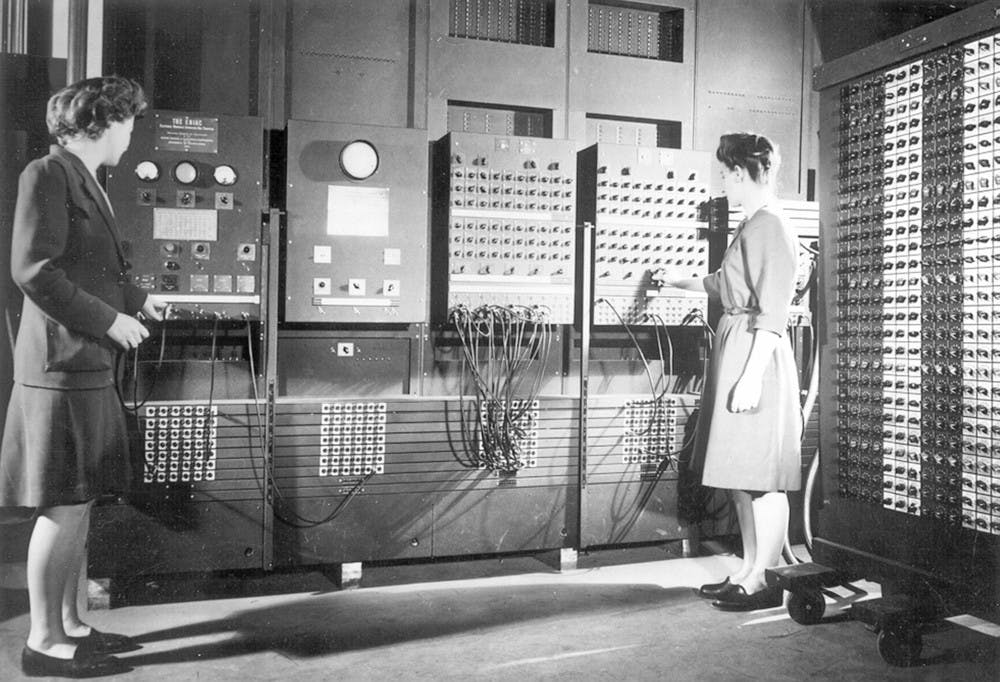Penn engineering researchers are bringing back the practice of solving mathematic equations with non-digital machines through the application of new metamaterials, Penn Today reported.
Early 20th century researchers discovered how physical instruments can be used to solve mathematical problems in a field known as analog computing, Penn Today reported. The creation of the ENIAC at Penn and the rise of digital computing replaced these methods.
Now, Professor of Electrical and Systems Engineering Nader Engheta, along with team members Brian Edwards and Nasim Mohammadi Estakhri, are revitalizing analog computing by creating a device made of metamaterials. These human-engineered materials replace the traditional mechanical elements, Penn Today reported.
The instrument can quickly solve integral equations by using lightwaves in a process known as “photonic calculus,” and can have future applications for solving other math problems, Photonics Media reported.
Engheta first conceptualized the device five years ago while examining the properties of metamaterials, which are engineered from several other items, like plastic and metal, and can bend waves around objects to make them appear invisible.
The metamaterials use light to solve integral equations faster and with less power than its digital competitors.
“Even at this proof-of-concept stage, our device is extremely fast compared to electronics,” Engheta told Penn Today, “With microwaves, our analysis has shown that a solution can be obtained in hundreds of nanoseconds.”
If the device is scaled down to the size of a microchip, it could improve computing and enable the development of new technologies, such as printing analog computers at home.









